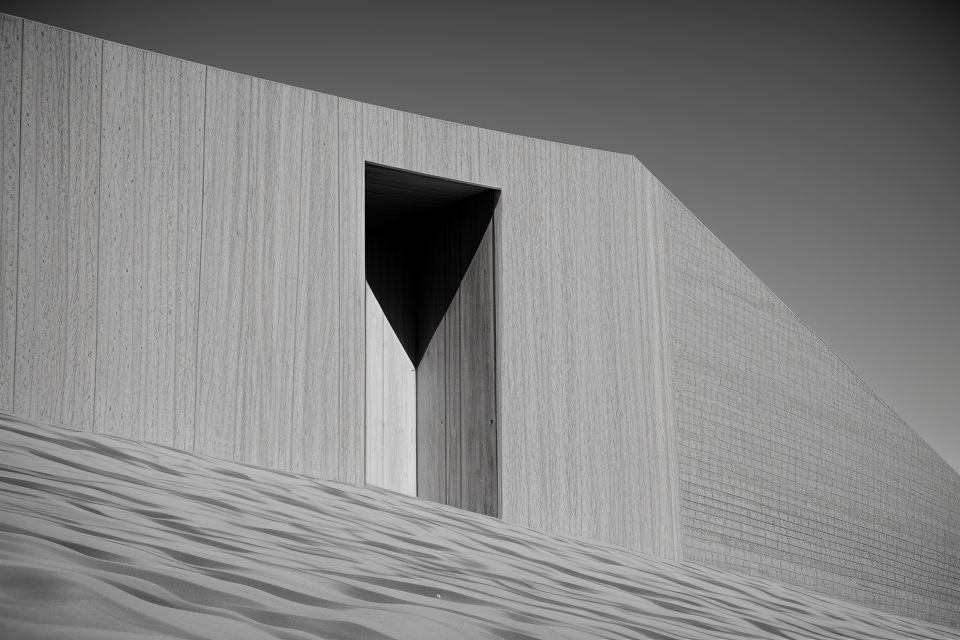What is Black and White Photography?
History of Black and White Photography
Black and white photography has a rich and storied history that dates back to the earliest days of photography. The process of capturing an image in black and white involves the use of light-sensitive materials, such as film or digital sensors, to capture the image. The resulting image is then converted into a series of tones and shades of gray, which can be manipulated to create a range of visual effects.
The first known photograph was taken in 1826 by Joseph Nicéphore Niépce, who used a process called heliography to capture an image of a window onto a sheet of copper. The image was not a true photograph, as it lacked detail and was not permanent, but it marked the beginning of a new art form that would eventually become an integral part of modern society.
Over the next several decades, photographers continued to experiment with different processes and techniques, refining the art of black and white photography. In the late 1800s, the introduction of gelatin emulsions and the dry plate process allowed for greater control over the exposure and development of photographs, leading to more detailed and permanent images.
The early 1900s saw the rise of pictorialism, a movement that emphasized the artistic aspects of photography over its technical aspects. Pictorialist photographers often used soft focus and other techniques to create images that were more akin to paintings than photographs.
In the mid-1900s, the advent of color photography led to a decline in black and white photography, but it never fully disappeared. Many photographers continued to use black and white film and techniques, drawn to the unique aesthetic and creative possibilities of the medium. Today, black and white photography remains a popular and important aspect of the art form, with many photographers continuing to explore its possibilities and push its boundaries.





